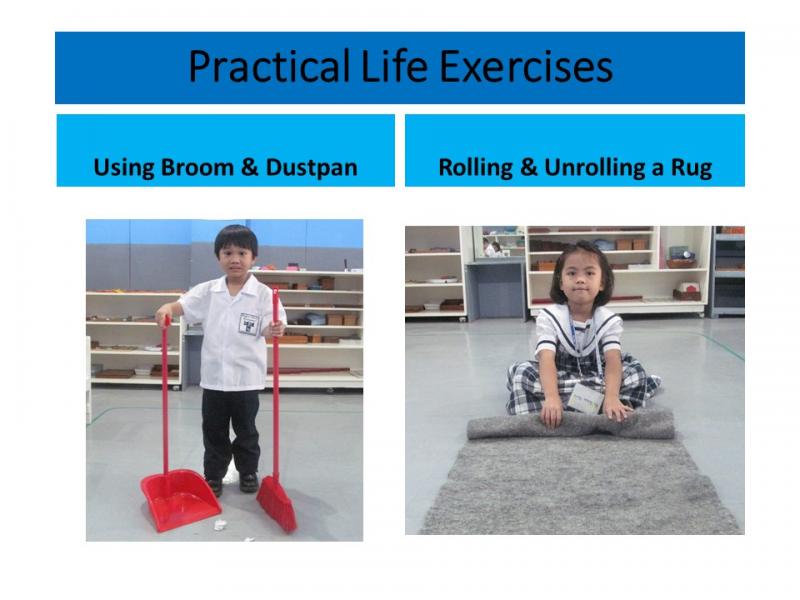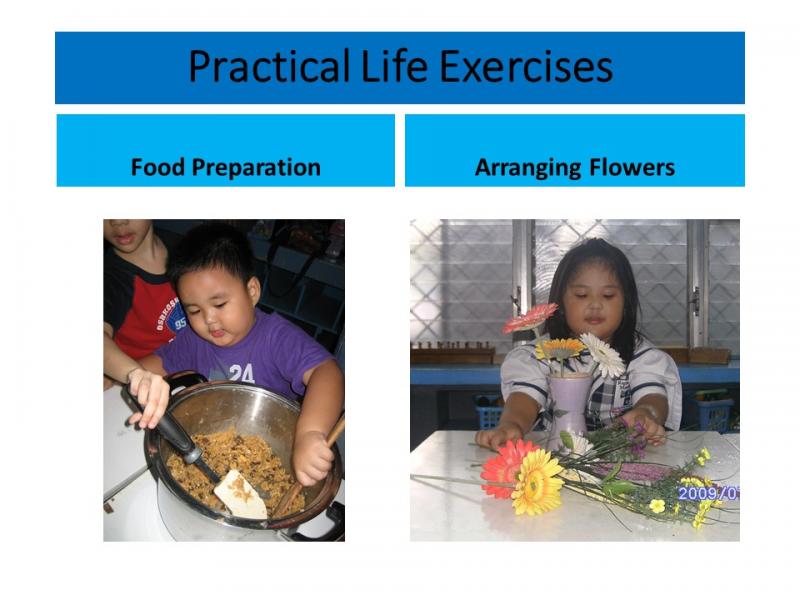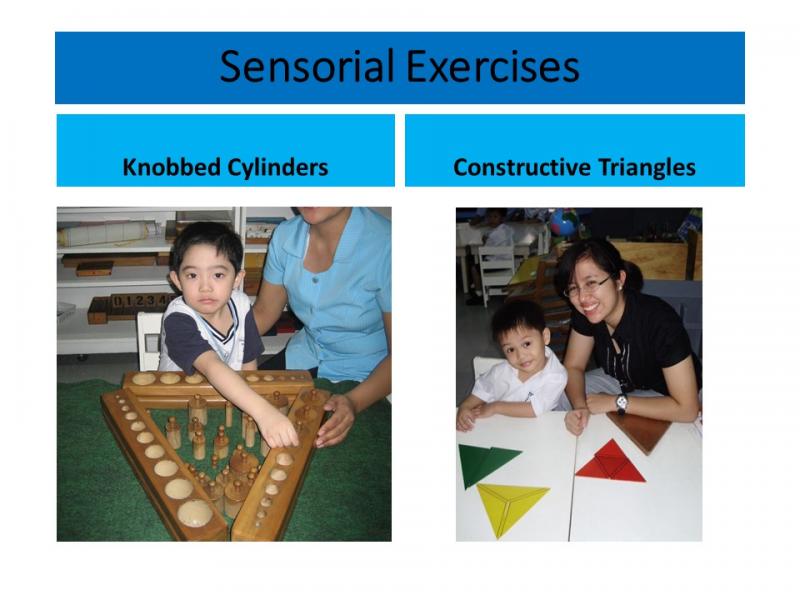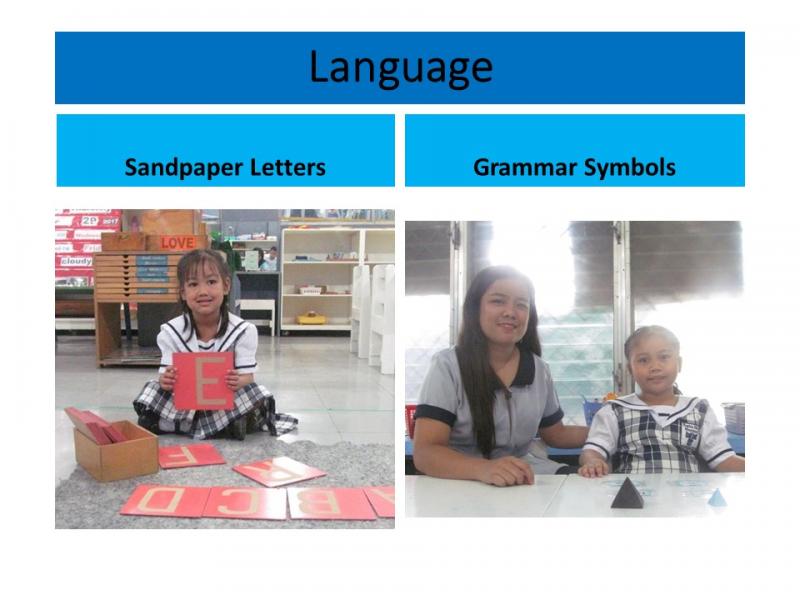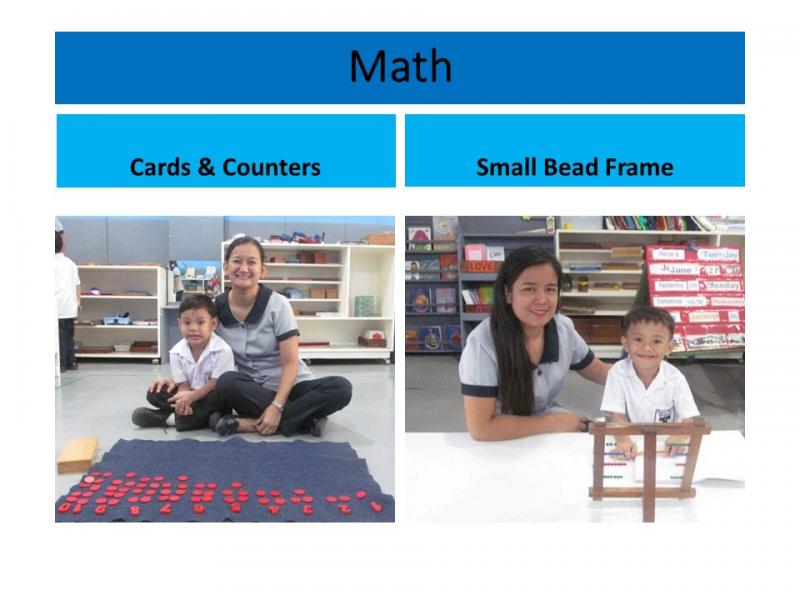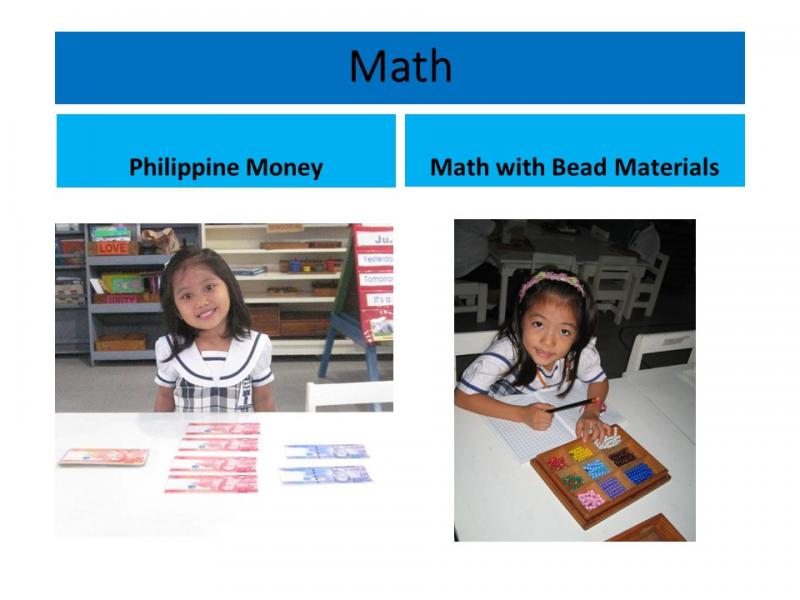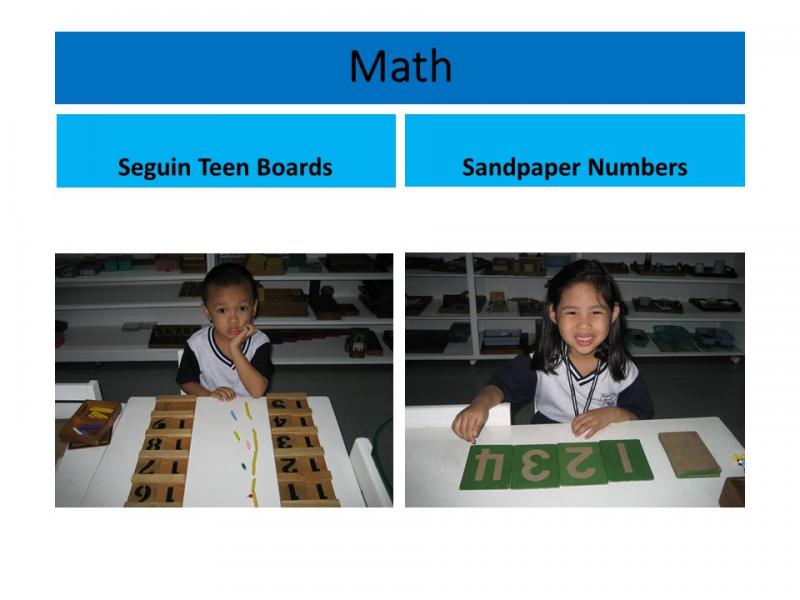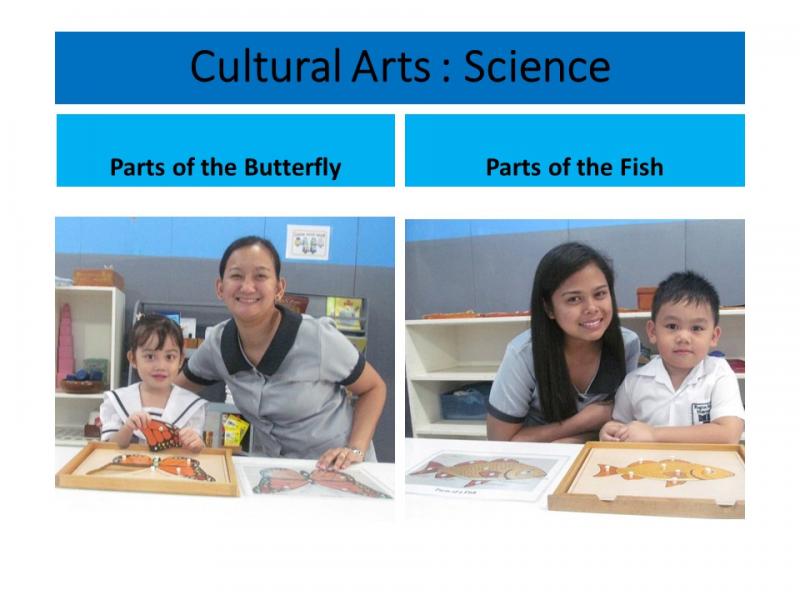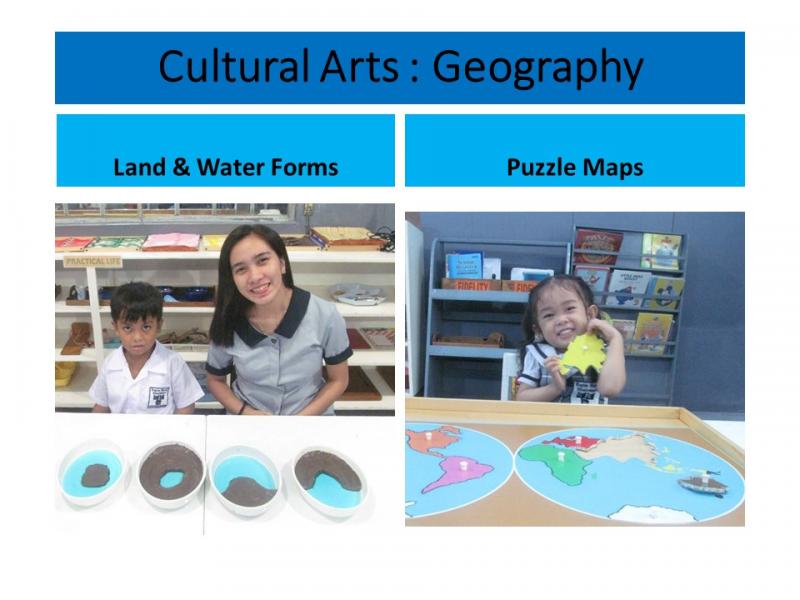Regina Maria Montessori
Paranaque City, Metro-Manila, Philippines
7891 Mendoza St., Villa Mendoza Subdivision, Sucat
(near Greenheights, BF Lopez Gate, with BDO at corner)
Tel. Nos. 8820-02-80, 8820-02-81, Telefax: 8825-73-96
Cellphone: 0920-932-6517 (Text or Call)
Email:admin@reginamariamontessori.org
jocelynmasias.francisco@reginamariamontessori.edu.ph
Facebook Page : joremarmon@gmail.com
Offering: Senior High School (Grade 11 & 12)
Junior High School - Grade 7 to 10
Elementary - Grade 1 to 6
Authentic Montessori Pre-School/CASA - 3 to 6 years old children
7891 Mendoza St., Villa Mendoza Subdivision
Dr. A. Santos Avenue (Sucat)
Paranaque City, Metro-Manila 1700
ph: 8820-02-80
fax: 8825-73-96
alt: 8820-02-81
admin
- Home
- Vicinity Map : How To Get To Us
- Contact Us
- Academic,Literary, Art & Musical Competitions
- Montessori CASA Environment
- History and DepEd Recognition
- PSAP PALARO (Sports)
- TAEKWONDO TEAM
- Teatro Regina
- School Calendar S.Y. 2018-2019 (for updating)
- Montessori Preschool/CASA Curriculum
- Administration and Faculty
- Student Achievers
- RMM Alumni
- Programs & Activities
- BUWAN NG WIKA TALUMPATI & BALAGTASAN
- RMM CLUBS & EXTRA CURRICULAR ACTIVITIES
- RMM Academic Contests (English, Science, Math)
- Parent Participation (Story Telling, Career Talk, Foundation Day)
- INTRAMS (Sports & Cheering Competitions)
- Teacher Training - Montessori & Kodaly
- International Teacher's Day & Other Faculty Training
- Meet Mr. Jaime M. Francisco
- Student Council and Class Officers
- U.P. Centennial Summa Cum Laude Graduate
- Leadership Training
Montessori CASA Curriculum (3 to 6 years old)
The Montessori pre-school CASA curriculum for 3 to 6 years old children was developed by Maria Montessori, the first female Italian doctor of medicine and eminent educator (1870 to 1952). She believed that all children pass through "sensitive periods" for learning and with a "prepared environment", children can become the best that they can be.
CASA Practical Life
- Practical Life Exercises covers daily living activities that help the child become independent of the adult. These include care of the environment such as sweeping, dusting, polishing,washing exercises. It also includes self-care such as dressing frames, pouring, spooning exercises. This also includes lessons in grace and courtesy.
CASA Sensorial
Sensorial Exercises covers the use of all the child's senses for spontaneous learning. For example, for visual discrimination of size, we use the knobbed and knobless cylinders, pink tower, the brown stair and red rods. To develo the chromatic sense, we use the color tablets. To improve the tactile sense, we use the rought and smooth boards, fabric boxes. To develop the thermic sense, we use thermic bottles and thermic tablets. For the olfactory sense, we use smelling bottles and for the gustatory sense, we use tasting bottles. We also use the geometric cabinet, geometic solids and several boxes of constructive triangles, the binomial and trinomial cubes. For auditory discrimination, we use sound boxes and the Montessori bells.
CASA Language
With the Montessori Language materials, the child teaches himself how to write and read. The child learns how to be bi-lingual and even tri-lingual as we use English and Filipino vocabulary enrichment folders. The child uses sandpaper letters, metal insets, movable alphabets. The child progresses from learning the phonetic sounds of the alphabet, blending and reading simple three letter phonetic words and gradually progresses to longer phonetic words, non-phonetic sounds, phrases, sentences, paragraphs and to books. The child learns how to write and read in print and in cursive and learns the function of words through the Montessori grammar materials.
CASA Mathematics
With the Mathematics materials, the child discovers numerical values. The child progresses from learning the concept of zero and one to ten using the Number Rods, Sandpaper Numbers, the Spindle Box, Cut-Out Numerals and Counters (for the concept of odd and even) Seguin teen and tens boards (from 11 to 99). Then the child progresses to the mathematical operations of addition, multiplication, subtraction and division using Montessori math materials such as the Golden Bead materials, Stamp Game, Bead Stairs, Strip Boards, Multiplication Board, Division Board, Small Bead Frame, Large Bead Frame. They also learn about fractions using the Fraction Skittles, Fraction Circles. With the Montessori materials, the child learns Math by moving from the concrete materials to the abstract. Thus the child enjoys Math instead of having difficulty and a negative attitude towards Math.
The Montessori Science curriculum includes beginning Biology - Botany and Zoology. Through the Botany Cabinet, the child learns the parts of the tree, leaf, root, flower, fruit. Through the animal puzzles of the Zoology Cabinet, the child learns the parts of vertebrates such as the horse, frog, fish, turtle, bird.
CASA Cultural Arts: Geography
The young child learns various concepts in Geography such as Land and Water Forms, Globe, Puzzle Maps, Flags, Countries and Continents, Seas and Oceans, Layers of the Earth.
CASA Cultural Arts: History
The child learns about the concept of time through various materials such as various clock materials, calendars, time lines.
CASA Cultural Arts: Art and P.E.
The child learns to be creative in the arts curriculum. He also develops his physical coordination through indoor and outdoor play.
CASA Montessori and Kodaly Music
The Kodaly music curriculum has been added as well in the pre-school/CASA curriculum. The Kodaly method of teaching music to young children was developed by Zoltan Kodaly, a Hungarian composer and collector of folk music. Children are exposed to the concepts of beat, rhythm, notation and music appreciation.The beat is the heartbeat of the song.
Miss Gabi & hand puppet
CASA Catechesis of the Good Shepherd
Regina Maria Montessori has also included the Catechesis of the Good Shepherd (CGS) in the Montessori pre-school curriculum. CGS exposes the child to the stories of the Bible - the Old Testament as well as the New Testament. The emphasis would be about Jesus as the Good Shepherd who will guide us to the Father in heaven.
High School - Japanese Culture and Language
Junior High School Grade 7 students are introduced to Japanese culture and language. We have lessons in basic reading and writing in hiragana and katakana. We learn about basic greetings and simple conversations. We learn the history of the kimono, how to use chopsticks, the art of tea, sumi-e, how to make sushi and other things Japanese.
High School - Speech and Drama
High school sophomores are the core group of Teatro Regina, the theater arm of RMM. We present an annual play usually in February. We have presented one-act plays in English and Filipino. Through theater, students learn not only how to act, but also to work as a community in the production side for lights, sounds, props, costumes, stage management, marketing.
High School - Entrepreneurship
High school juniors and seniors learn basic principles of entrepreneurship, setting up their own small business and earning money on their investments.
How to Identify an Authentic Montessori school:
1. Follows the Montessori philosophy.
2. Follows the Montessori curriculum.
3. Teachers are trained in the Montessori method.
4. School has a prepared environment filled with Montessori didactic materials.
5. Pre-school is multi-aged and multi-level. The children are not classified according to age (nursery,kinder, prep) but are in the Casa dei Bambini or CASA until they are ready to go to Grade One.
6. Assessment is not numerical per subject. Assessment is done through observation reports (General Observation Reports and Individual Observation Reports) and through Progress Charts & Checklists.
7. There is individualized instruction. The teacher serves as a guide for individual and small group instruction. The main teacher or class directress usually has one or more assistants.
8. Writing precedes reading. Montessori children are taught how to read and write in cursive and in print.
9. Montessori kids learn how to read by first learning the sounds of the letters, not the names of the letters. By learning how to read phonetically, they learn to read faster. Then they can proceed to longer phonetic, non-phonetic words, words with silent vowels, phonograms and also do sight reading.
10. Learning is "hands on" through the use of the Montessori materials. The "didactic" materials are self-checking and the child discovers for himself/herself what is the correct concept. Thus, the Montessori pre-school child does not learn through textbooks and workbooks.
Montessori 3 Period Lesson:
1. First Period - Define or identify.
For example: This is red. This is blue. This is yellow.
2. Second Period - Check but give a clue.
For example: Touch the red. Give me the blue. Point to the yellow.
3. Third Period. Check without any clues.
What is this?
Note: You can use the three period lesson for many things such as colors, numbers, shapes, objects in the house. However, please limit the lessons to three to five concepts only. For example, in the case of sounds of the letters, please use only three sounds. If the child knows the three sounds, then you can proceed to the next group of letter sounds and so on and so forth until the child masters all of the sounds of the letters.
7891 Mendoza St., Villa Mendoza Subdivision
Dr. A. Santos Avenue (Sucat)
Paranaque City, Metro-Manila 1700
ph: 8820-02-80
fax: 8825-73-96
alt: 8820-02-81
admin


